 One of the best ways to increase the impact of your grantmaking is to leverage the funding and expertise of other foundations by developing funding partnerships. The trouble, of course, is that it’s not always easy to figure out who else might want to partner with you on your project. In my experience, there are six easy ways to identify possible funders to support you and your work. We’ll take a quick look at each:
One of the best ways to increase the impact of your grantmaking is to leverage the funding and expertise of other foundations by developing funding partnerships. The trouble, of course, is that it’s not always easy to figure out who else might want to partner with you on your project. In my experience, there are six easy ways to identify possible funders to support you and your work. We’ll take a quick look at each:
1. Ask staff of your local Regional Association of Grantmakers. These individuals are working day in and day out with various foundations in your region, and they are keenly aware of the different issues and projects that are currently active. They will probably have some great suggestions and can even make introductions for you.
2. Explore funder networks. There are many national and local networks of foundations that have banded together to learn from each other and improve their grantmaking on certain topics, such as aging, health, or a specific ethnic population. It is well worth your time to investigate these groups.
3. Convene a funder presentation or webinar about the topic. Educating other funders on the need that your project is addressing can help identify those who might be interested in supporting your work. For instance, there are probably many foundations that fund human services or education, but if they knew about the work that you’re doing regarding literacy rates in your community, they might be eager to get involved.
4. Ask your grantees. Trust me, your grantees are hustling to find funders to support their issues. They are likely very aware of other funders in your community, or even statewide or nationally, that might be interested in contributing to your work.
5. Use funder databases. These are wonderful tools that can help you find funders interested in your topic. Check out the Foundation Center, which has an online directory that you can use to identify other funders either in your community or nationally.
6. Create a donor-advised fund at your local community foundation. Funding partners don’t have to be foundations, they can be individuals. You could set up a donor-advised fund to find support for your effort, and a community foundation can help you identify the people, or families, that are interested in supporting it.
Could you benefit right now from leveraging other funders — their resources as well as their knowledge and expertise? I encourage you to explore these options to identify funding partners. The payoff will be well worth the effort.
Want to learn more? You can listen to a podcast version of this blog post, read 6 Ways To Engage Your Stakeholders, or learn how to Do Your Homework to Increase Grantmaking Success.
Kris Putnam-Walkerly is a philanthropy expert and consultant. If you found this blog post useful, please subscribe. On Twitter? Follow me @Philanthropy411.
Posted by Kris Putnam-Walkerly © Kris Putnam-Walkerly and Philanthropy411, 2014.






